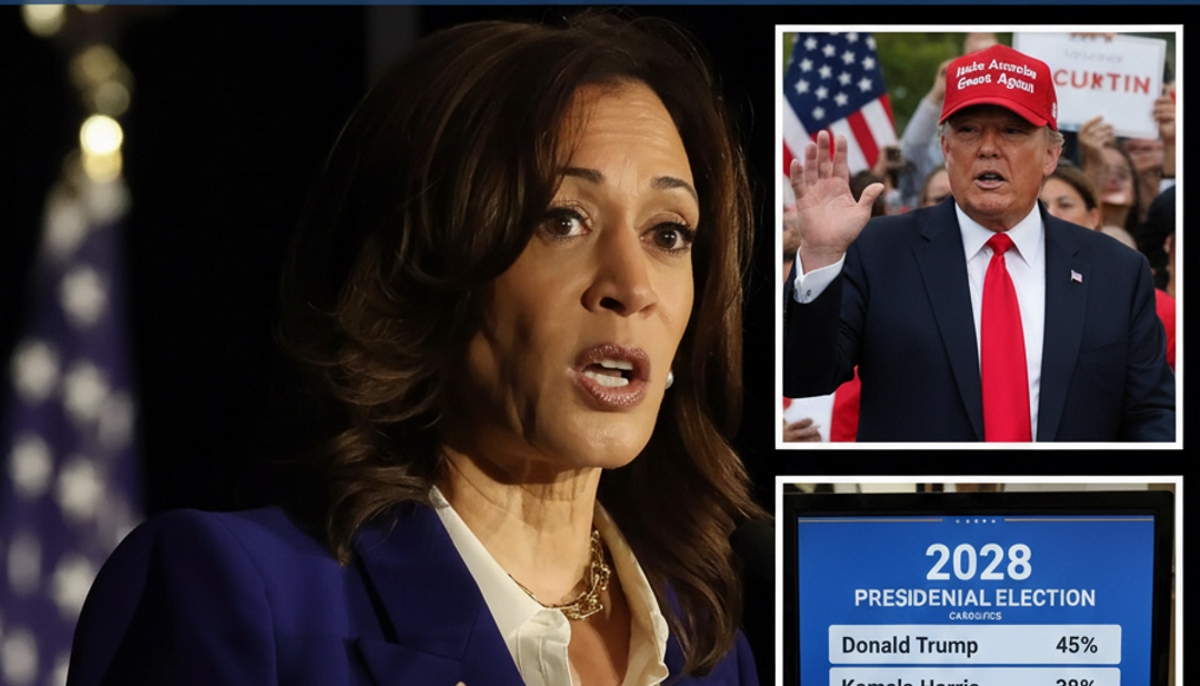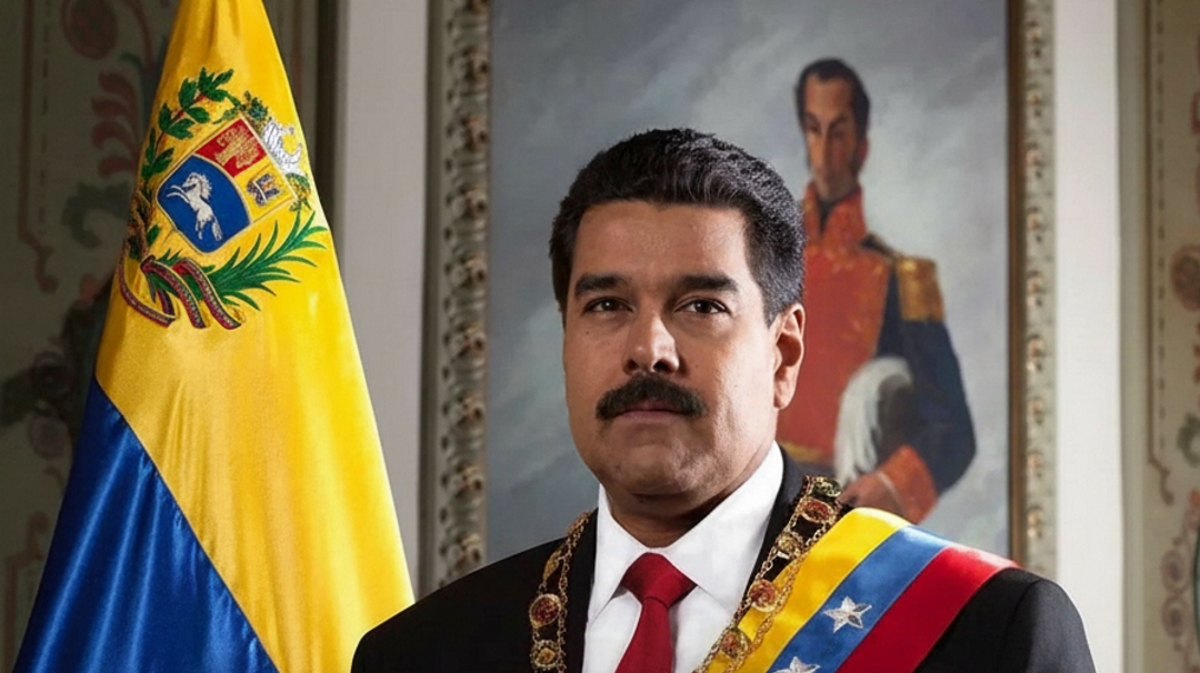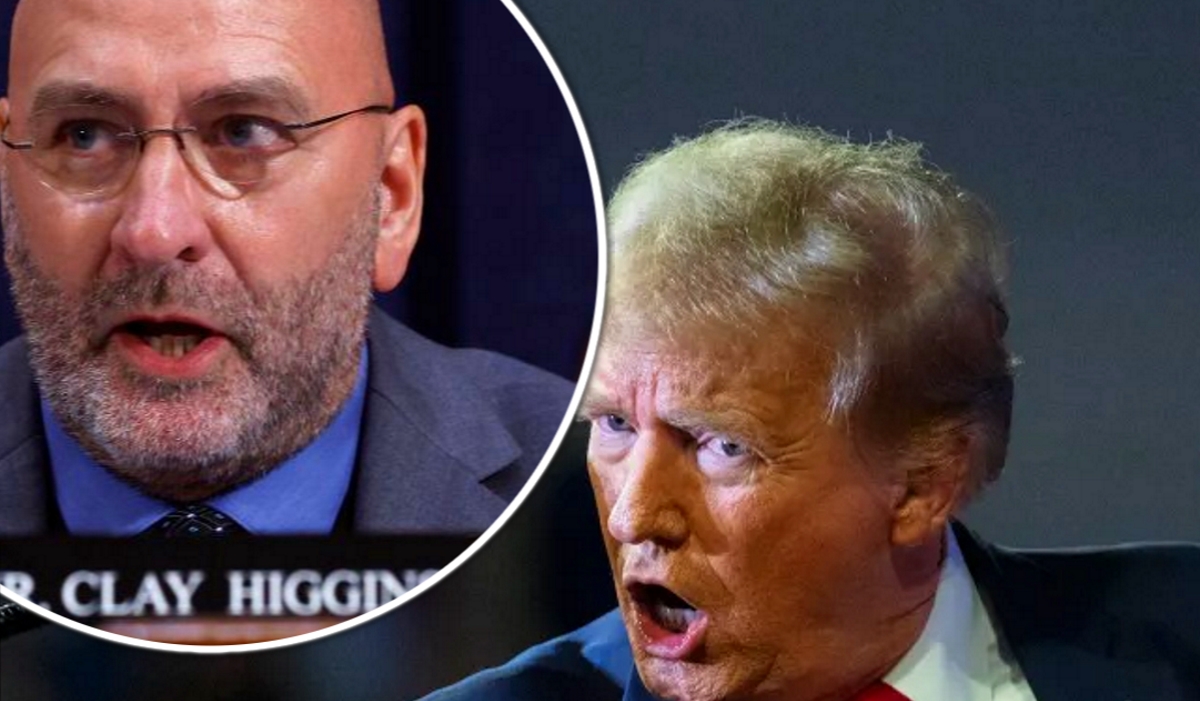Outrage is sweeping across the United States after federal officials announced plans to kill nearly 500,000 wild barred owls — a move one senator has blasted as “the dumbest thing ever.” The controversial program, proposed by the U.S. Fish and Wildlife Service, is meant to save the endangered northern spotted owl, but critics say it’s an act of ecological cruelty that could spiral into a wildlife massacre.
Under the plan, government sharpshooters would cull the larger, more aggressive barred owl population over the next 30 years across Oregon, Washington, and Northern California. The species has been encroaching on the spotted owl’s habitat for decades — a problem scientists say was caused by human expansion and deforestation. “We’re killing the victims of our own destruction,” conservationist Dr. Hannah Lewis said. “It’s humans fixing human problems with more death.”
Plans to kill 500,000 barred owls in the U.S. spark outrage. “We can’t save one species by slaughtering another,” say critics. @guardian
The federal agency insists the cull is necessary to prevent the smaller northern spotted owl from disappearing entirely. But even scientists who support intervention admit the scale is staggering. “We’re talking about eliminating nearly half a million sentient creatures,” wildlife biologist Dr. Michael Preston told reporters. “There’s no precedent for that in modern conservation.”
Animal rights organizations have erupted in fury. The PETA Foundation called the plan “barbaric and unscientific,” accusing the government of “greenwashing mass slaughter.” Social media has exploded with #SaveTheOwls trending nationwide as users flood timelines with haunting images of barred owls alongside the caption: “They don’t know it’s coming.”
Republican Senator John Kennedy joined the outrage, calling the plan “idiotic” during a fiery speech on the Senate floor. “The government wants to spend billions killing half a million birds to save a few thousand others,” he said. “It’s the dumbest thing I’ve ever heard in my life.”
“This is the dumbest thing ever,” Senator Kennedy says after hearing plan to kill half a million owls. @ABCNews
Officials argue the program is based on a decade of research showing that removing barred owls from test areas helped spotted owl populations stabilize. “Without intervention, the northern spotted owl will go extinct,” said Fish and Wildlife Service director Martha Williams. “We have an ethical responsibility to protect the species we pushed to the brink.”
But activists and biologists alike are asking where that responsibility begins and ends. “We’re manipulating nature like a spreadsheet,” environmental ethicist Dr. Rebecca Nolan said. “We’re deciding who lives and who dies to fix our past mistakes — and pretending it’s noble.”
The government’s plan outlines an extensive effort involving hundreds of trained shooters, field teams, and millions in taxpayer funding. Barred owls would be lured into forest clearings with recorded calls before being shot with silenced rifles. “It’s clinical, efficient, and horrifying,” one unnamed official told The New York Times. “We’ve sanitized killing into science.”
Many wildlife groups say the issue isn’t as simple as one owl replacing another. “Barred owls didn’t invade — we destroyed their natural range,” said a spokesperson from the National Audubon Society. “They followed food and forests we created. Now we’re punishing them for adapting.”
“Killing 500,000 owls to save another owl species is like burning a library to save one book,” says wildlife group. @etnow
Ecologists are warning that large-scale removals could trigger ripple effects across entire ecosystems. Barred owls prey on small mammals and birds, helping regulate forest populations. Removing them could create unpredictable surges in rodent numbers — and new ecological chaos. “We’re playing God without understanding the rules,” wrote one researcher on X.
Public backlash has become intense enough that officials have reportedly received death threats. “They call us murderers,” one agency worker told The Washington Post. “But we’re trying to prevent extinction. It’s a terrible job, but someone has to do it.”
Even within conservation circles, the ethics divide is widening. Some experts, like Dr. Lila Ward, say non-lethal alternatives — such as translocation or sterilization — haven’t been tested seriously enough. Others argue that lethal control is the only realistic option. “It’s tragic, but extinction is forever,” Ward said. “This is a war between two species — and we started it.”
“Half a million owls killed to save another species? It’s genocide disguised as conservation.” @buzzingpop
In Oregon, where the plan will hit hardest, locals say it feels like déjà vu. “They wiped out wolves. They poisoned rivers. Now they’re coming for owls,” said activist Tina Redfeather, whose group has organized forest vigils and candlelit protests. “You can’t kill your way to balance.”
Yet some rural communities support the move, arguing that declining spotted owl protections have cost jobs in logging and timber industries. “People here want the forests healthy,” a logger in Washington told Oregon Live. “If that means controlling another owl, so be it. We’re just tired of being blamed for everything.”
But beyond politics, the story has struck a nerve with ordinary Americans. “Half a million owls,” one viral TikTok post said. “Each one has a mate, a nest, a life — and a bullet waiting for them.” Artists have begun creating memorial installations in forests across California, hanging empty perches from trees marked with the words “never again.”
Wildlife groups are now urging Congress to intervene, arguing that the Fish and Wildlife Service overstepped its authority. Lawsuits are being prepared by the Center for Biological Diversity and other organizations. “You can’t save biodiversity by killing it,” the group said in a fiery statement. “This plan will haunt the agency for generations.”
Meanwhile, the spotted owl population continues to decline at a devastating rate. Officials estimate that without intervention, the species could vanish from some regions within a decade. “It’s a heartbreaking dilemma,” said NPR’s environmental correspondent. “Do nothing and one species dies. Do something and half a million others do.”
“If this is conservation, maybe we need to rethink what saving the planet really means.” @PopCrave
For now, the nation remains bitterly divided — between those who see the cull as ecological triage and those who see it as state-sponsored slaughter. As one viral post summed up: “Maybe the owls aren’t the problem. Maybe we are.”







